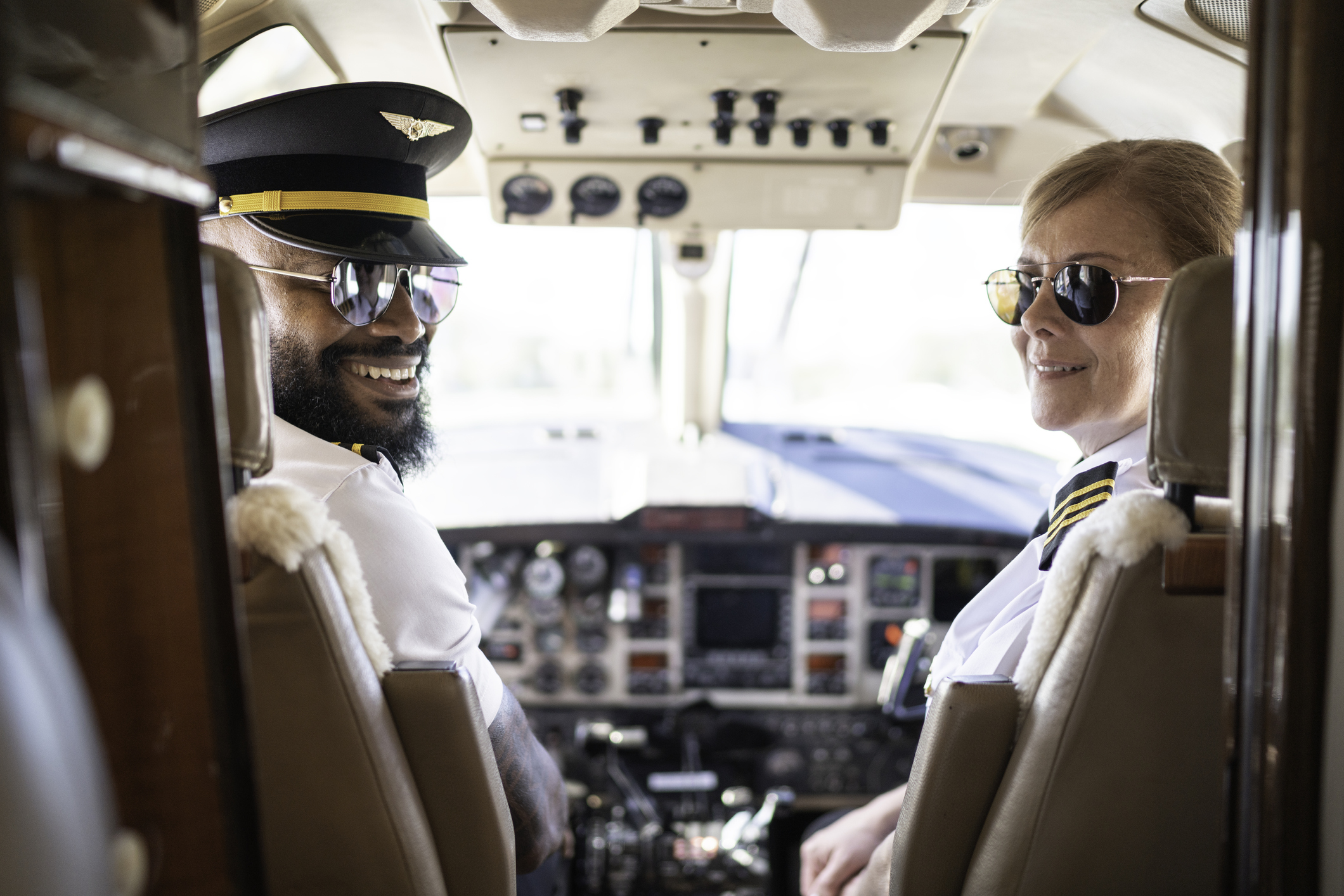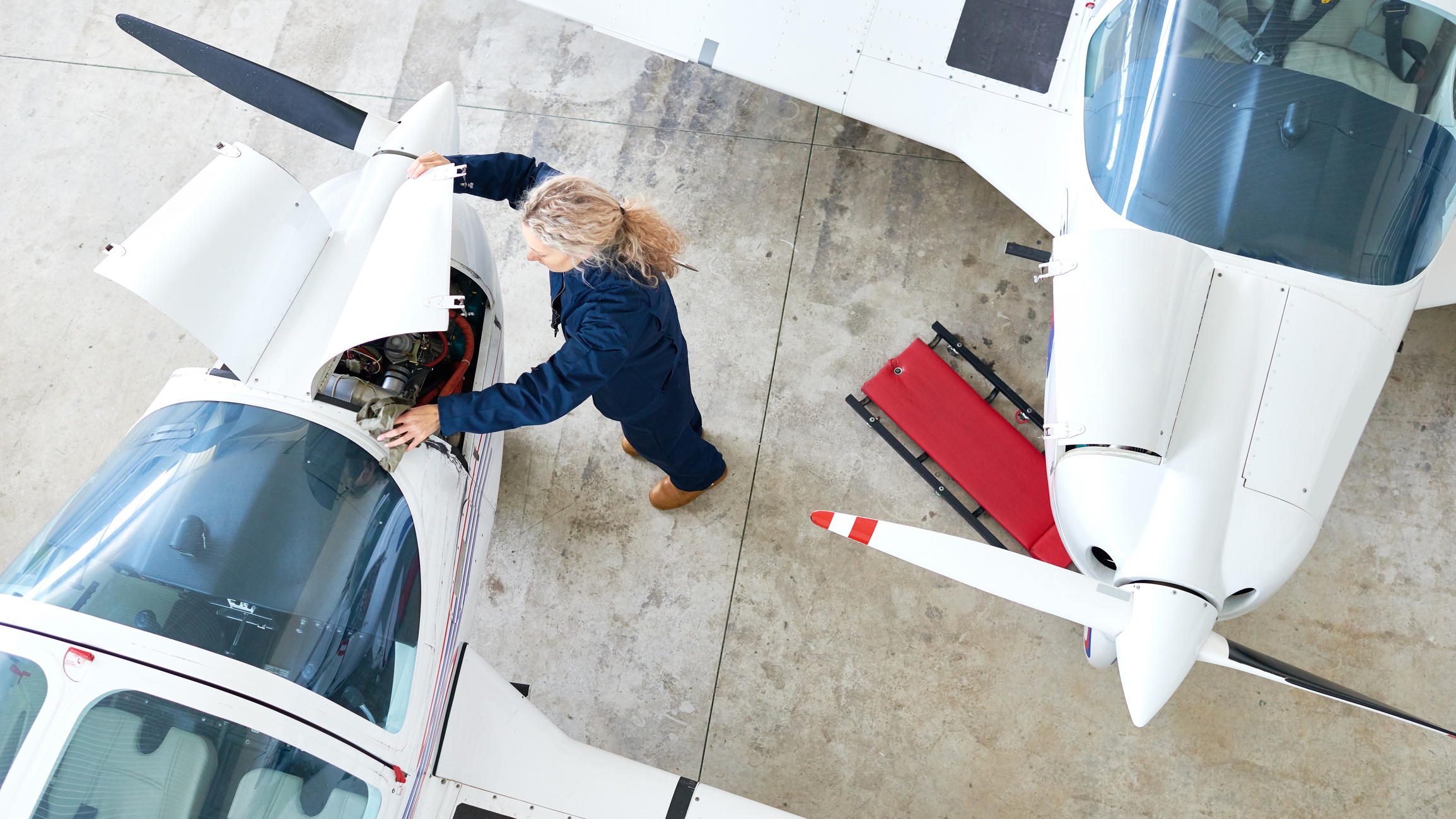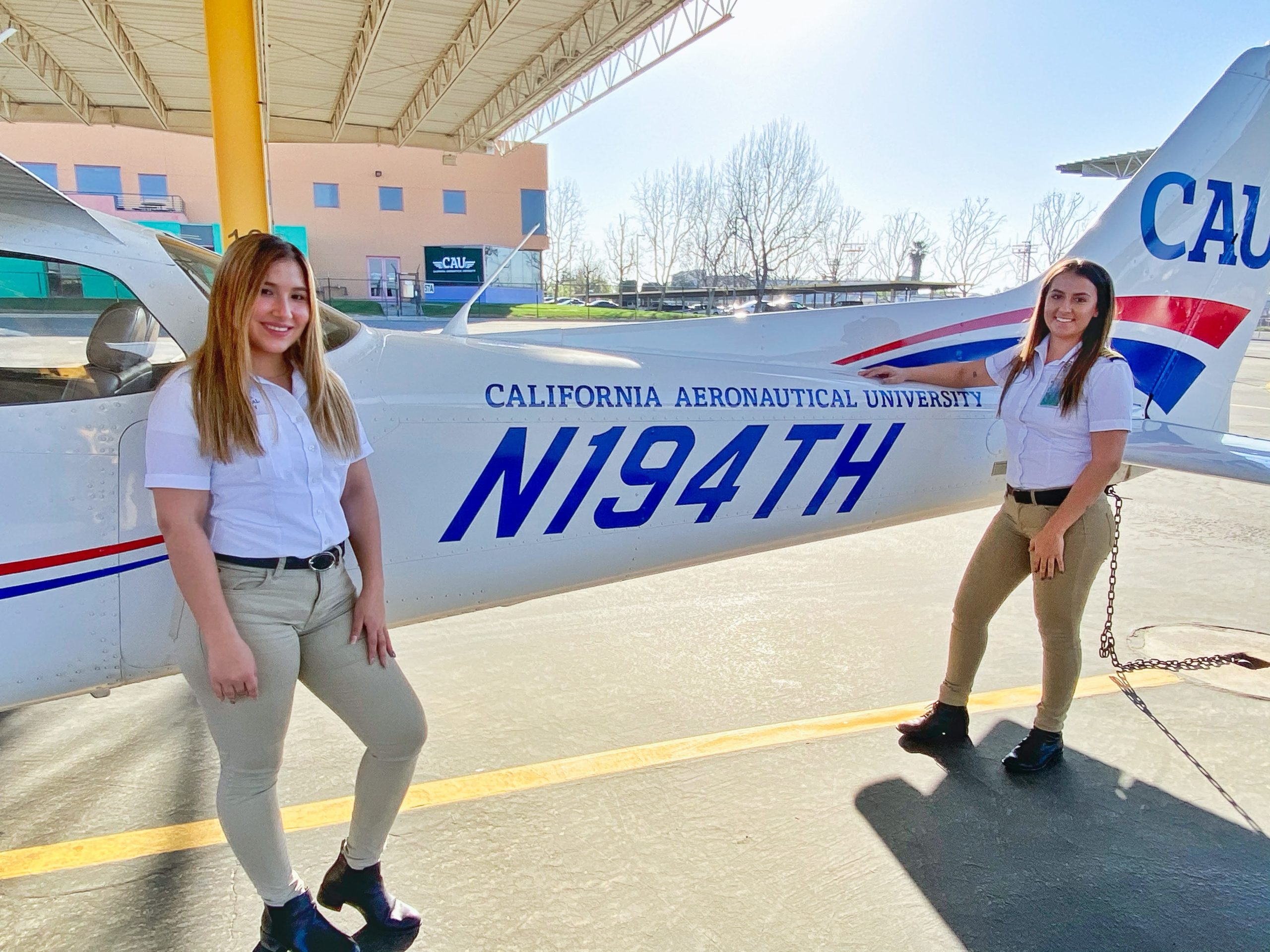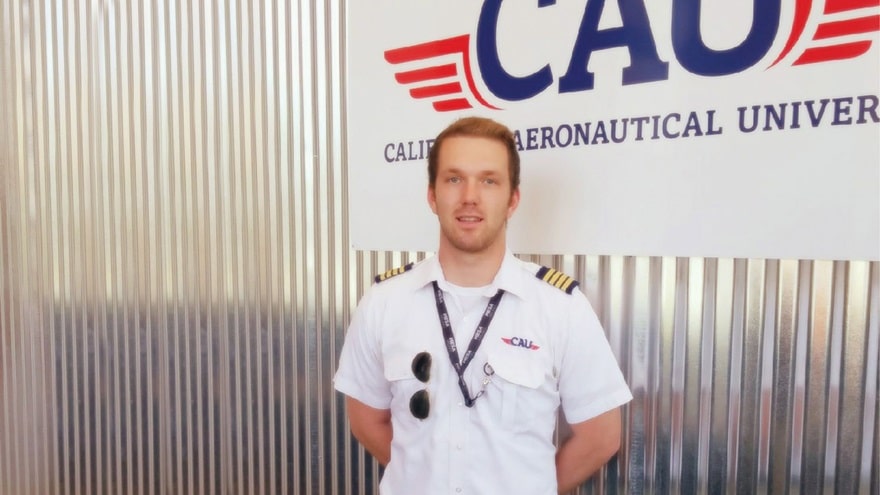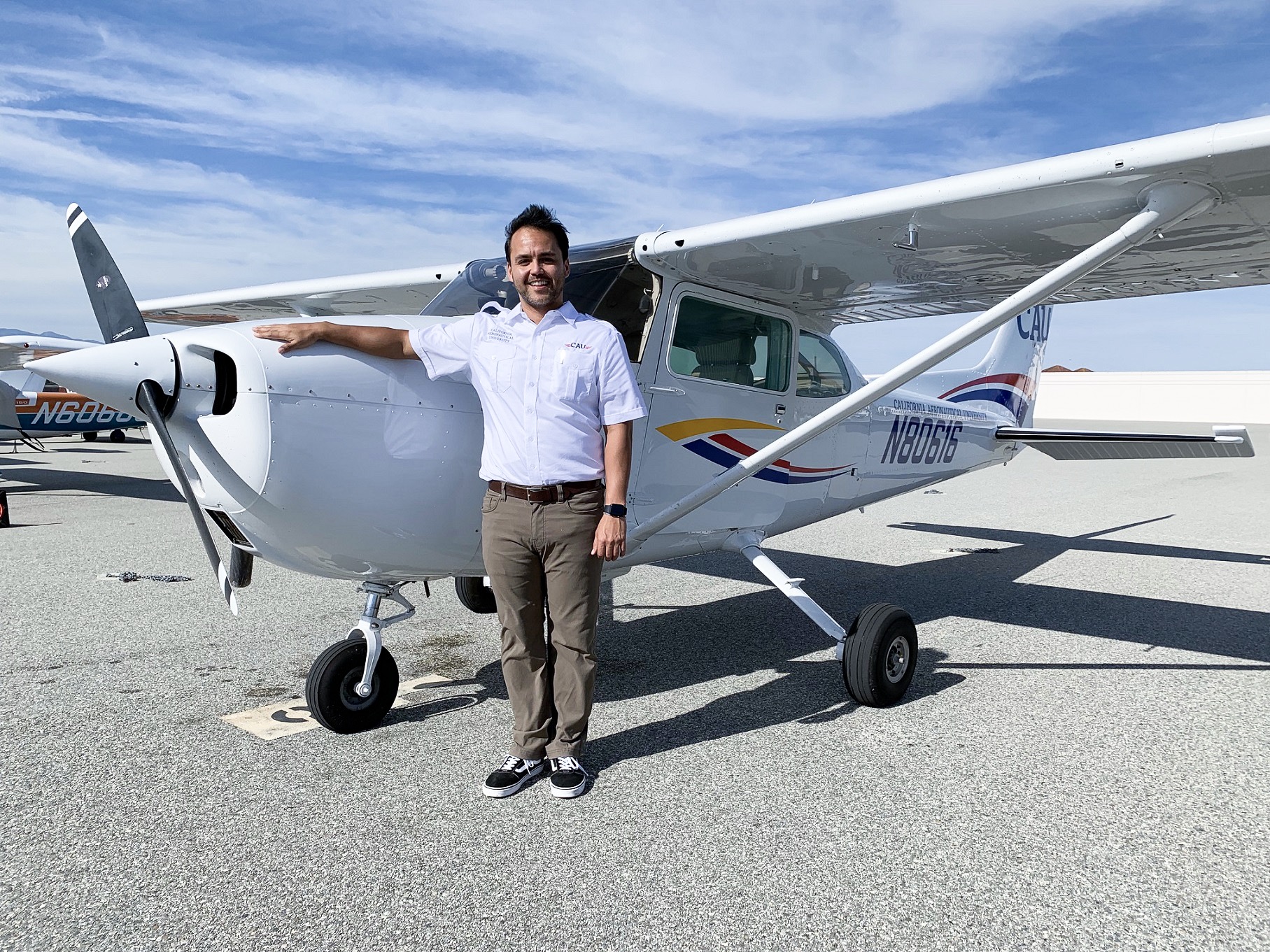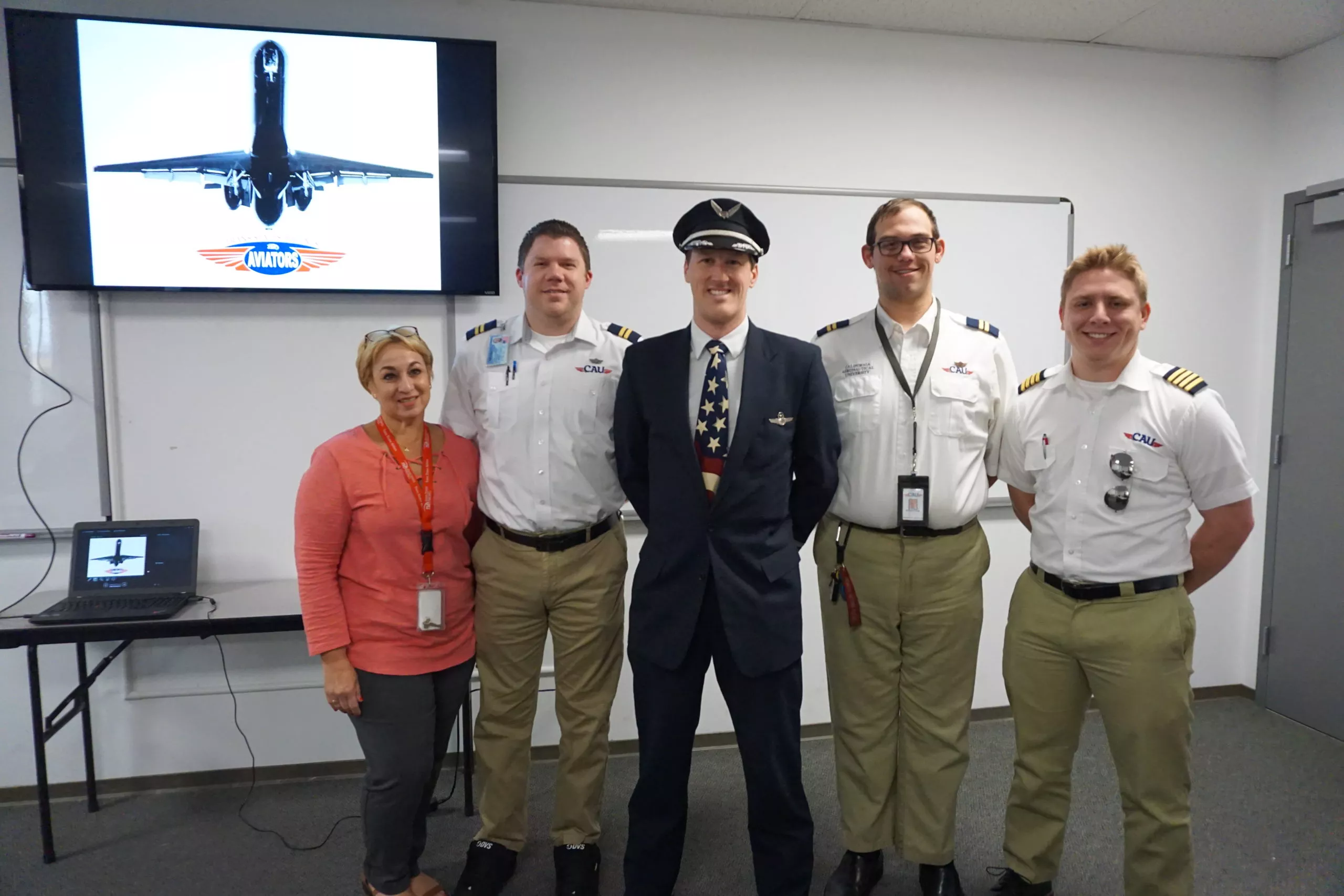Diversity, equity, and inclusion are essential in every industry, and the aviation industry is no exception. Unfortunately, according to the U.S. Bureau of Labor Statistics, the recent numbers don’t look good. For aircraft pilots and flight engineers in 2021, there were 5.3% women, 3.9% Black or African American, 1.5% Asian, and 6.1% Hispanic/Latino. Breaking through barriers and committing to changing the current picture of the aviation profession is a step in the right direction.
Understanding Diversity
Diversity is about bringing together different people with their differences – whatever those differences may be. The FAA has employee associations and special emphasis programs that work to support individuals from diverse backgrounds, inclusive of:
- Gender
- Sexual orientation
- Race
- Ethnicity
- Nationality
- Disability
- Veteran status
These groups of people (and others) have faced adversity and are often underrepresented in many industries and fields. Many federal laws are in place to ensure that every individual has the same rights, and California has even expanded the list of marginalized people on this document.
Various groups within the aviation community are working hard to improve diversity. Women’s groups are exploring the barriers to gender diversity to find ways to address and overcome them in the future. Professional organizations are conducting surveys, funding micro-grants for Title I schools and providing STEM books to underserved and low-income students.
Understanding Equity
Equality and equity are often used interchangeably but have very different meanings. Equality means that the same resources or opportunities are given to everyone equally so that each person or group gets the same thing. For many, equality seems like the best way to guarantee that everything is always equal.
However, since each person or group doesn’t start with the same resources or opportunities, giving everyone the same thing does not create equality. Equity realizes that each person or group has different circumstances and seeks to allocate the needed resources and opportunities to equal the outcome.
Equity involves groups like the Legacy Flight Academy conducting programs and workshops in Charleston, South Carolina, during Black History Month to encourage and support the next generation of future Black aviators. Equity is also found in new children’s books that seek to inspire girls in aviation, written by strong, brave women and female pilots.
Understanding Inclusion
As its name suggests, the goal of inclusion is to allow all people and groups to participate without discrimination or intolerance. However, it goes further than that. It is not enough to remove the barriers; inclusion is about helping others feel welcomed and included regardless of race, gender, or any other defining characteristic. An excellent way to practice inclusion is to ensure that every individual or group has representation in the brainstorming, problem-solving, and decision-making processes within the larger whole.
Sometimes it takes a brave individual to create inclusion for others when it doesn’t exist. Courtland Savage is a Black pilot who started a program called Fly for the Culture. Programs like his have made it easier for pilots like Tyler Cazares and Kritti Prasad to change the face of future aviators.
A Diverse, Equitable, and Inclusive Future for Aviation
Growth opportunities abound in the areas of diversity, equity, and inclusion. Current statistics (from the first paragraph of this article) show that over 90% of professional pilots are white males. Airline companies know this and understand that DEI is essential to their workforce development. A diverse group of managers and employees can give the business different perspectives on various areas and create a more inclusive culture. This diversity and inclusivity could boost customer connections, which is always positive.
The FAA also recognizes the importance of DEI and shared its recommendations from its Virtual Inclusive Language Summit in November 2021. The organization also awarded grants to support STEM outreach to under-represented students. Steps are being put into place to foster new outlooks and solutions for a more-diverse aviation workforce that leads to a sense of equity and inclusivity, but it doesn’t just start in the workplace. DEI needs to be solidly in place in aviation education as well.
Diversity, Equity, and Inclusion in the Classroom
Professional pilots need the opportunity to train and build their skills in a supportive environment. To create a diverse, equitable, and inclusive aviation workforce, those concepts need to be more than just words at every aeronautical university, flight training school, and aviation college.
From inclusive recruitment and educational processes to a diverse instructional team, we must practice what we preach when training aviation professionals. Below are tips for putting diversity, equity, and inclusion to work in all aspects of aviation, both in the classroom and the workforce.
- Open the lines of communication. Listen. It is hard to know where there may be a disconnect or what issues are present if nobody speaks up about it – and no one is there to listen. Keeping communication open, safe, and available is crucial for growing and learning about change areas.
- Develop committees. Having designated groups from different backgrounds is a great way to organize and motivate change. These groups will not only help establish best practices but will also bring awareness. For example, CAU has partnered with various aviation organizations and associations to offer students diverse and inclusive options, including the Organization of Black Professionals (OBAP), Woman in Aviation (WAI), The Ninety-Nines, and more.
- Seek out those who are having success. If you know of a group or club in the aviation industry that seems successful with its DEI program, reach out and ask if you can network with them. Talking to others, discussing their insights, and researching their methods for building and ensuring an inclusive space can yield informative and valuable information you can apply to your institution.
- Stay informed. Never think you have it all figured out (no one ever does!). Keep learning and asking questions. There is always room for improvement; one small thing you do today can make a large difference to someone else tomorrow.
- Consistently reassess your practices. The world around us is constantly evolving. To provide an inclusive experience, you must continuously assess and evaluate your methods. Figure out what is working, and keep doing it. Find out what is not working, and change it.
Airplanes are built from parts that come from almost every country, just as culturally diverse flight crews transport multi-lingual and multi-racial passengers to and from all parts of the world. Diversity should be a given in aviation; as we can see, diversity is growing. Equity and inclusion are also increasing. Contact us at CAU and see for yourself!
Ready to soar in your aviation career?
Mr. Matthew A. Johnston has over 23 years of experience serving various roles in education and is currently serving as the President of California Aeronautical University. He maintains memberships and is a supporting participant with several aviation promoting and advocacy associations including University Aviation Association (UAA), Regional Airline Association (RAA), AOPA, NBAA, and EAA with the Young Eagles program. He is proud of his collaboration with airlines, aviation businesses and individual aviation professionals who are working with him to develop California Aeronautical University as a leader in educating aviation professionals.
